Looking for straightforward home workouts to fit into your day? This article provides easy-to-follow exercises that deliver fitness gains with no equipment needed. Start building your routine with what you’ll learn here, and soon, you’ll be enjoying the convenience and benefits of an effective home workout regimen.
Key Takeaways
- Home workouts can be as effective as gym sessions. They utilize bodyweight exercises, HIIT, and resistance bands in small spaces for full-body fitness.
- For beginners, starting slow with low-impact exercises and focusing on proper form is key, while advanced exercisers can push their limits with one-legged squats, handstand push-ups, and pull-ups.
- Recovery is crucial, including rest days with active recovery options, getting quality sleep, and proper nutrition to support muscle repair and overall fitness.
Just Your Body Weight Exercises for a Full-Body Workout
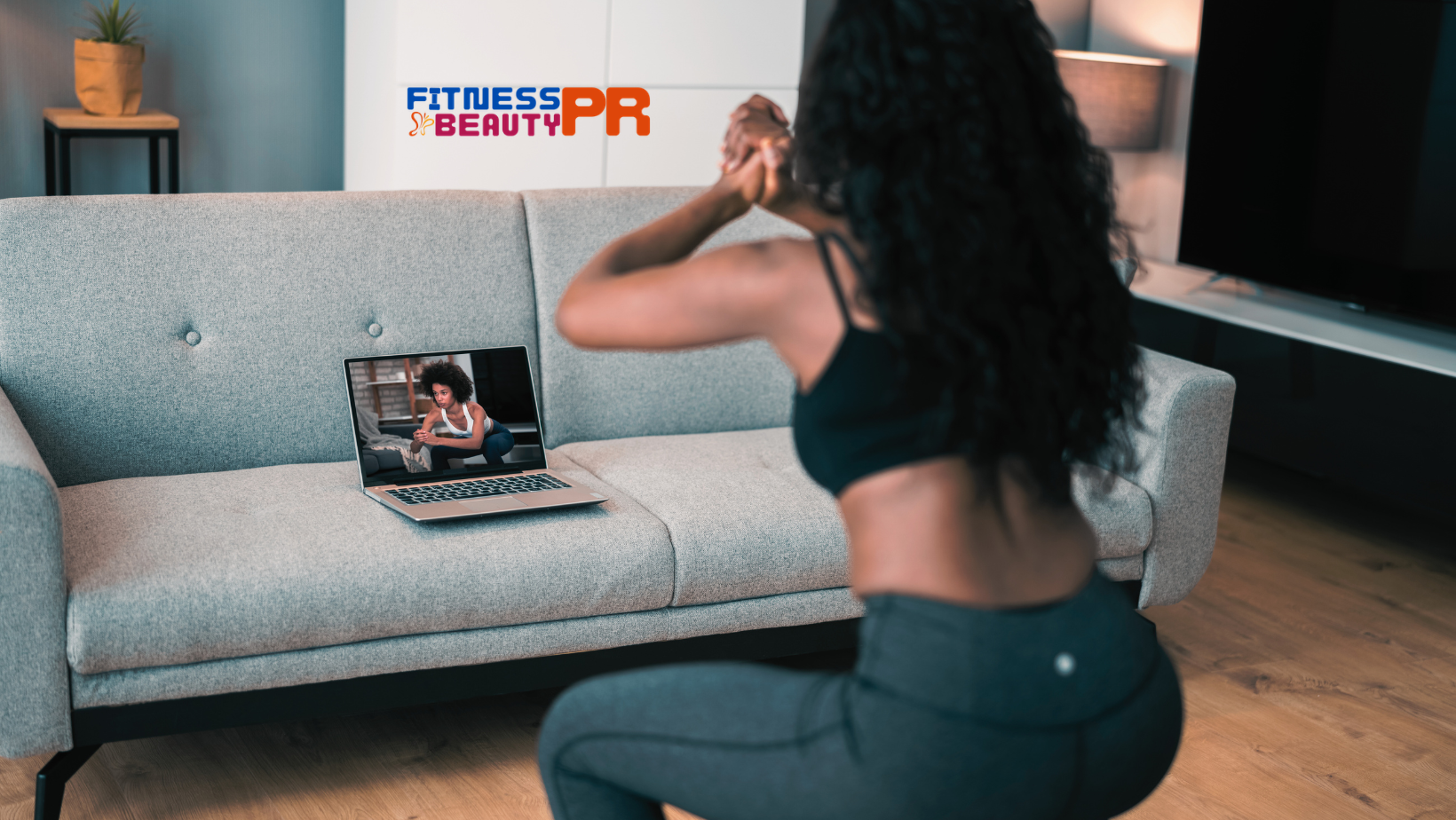
Ever wonder how adaptable your physique is for achieving fitness goals? Bodyweight exercises utilize just your body weight and provide a formidable method for testing and strengthening various muscle groups. These exercises are brilliantly all-encompassing, engaging everything from chest and shoulders to core muscles and lower body areas. The icing on the cake is their no-equipment-necessary nature, which renders them ideal for executing workouts within the comfort of home.
Are you eager to delve into activities like push-ups, planks, or squats? Embrace these powerful forms of exercise as they pave the way toward an effective full-body workout experience.
Upper Bodyweight Exercises
Building upper body strength is essential for striking physical form, and it’s achievable without an array of heavy equipment. Your prime tools are push-ups and forearm planks, which serve to sculpt your triceps, chest, and shoulders while reinforcing upper body muscles. With options like knee variations or close-grip stances in push-ups, exercises can be modified according to individual fitness levels—ensuring everyone from beginners to seasoned athletes can safely challenge themselves.
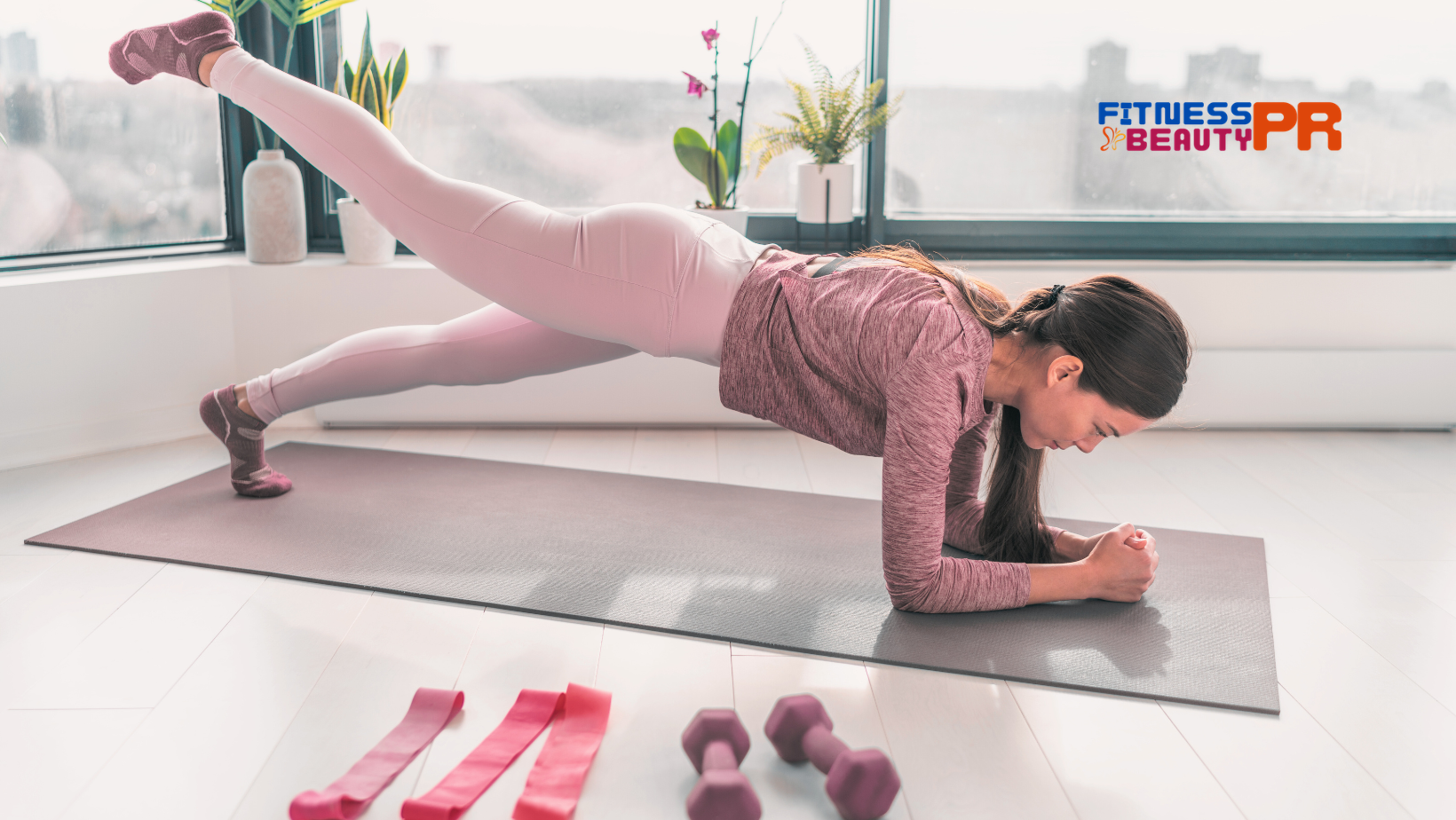
Plank variations are equally vital. Whether you opt for the steadfast forearm plank or introduce movement into the exercise, planks operate as a robust workout by engaging not only your arms but also stimulating muscle groups across the back, chest, and shoulders and even extending toning effects to the glutes—an all-encompassing approach to fortifying one’s physique.
Lower Body Exercises
Shifting the focus to your body’s foundational section—the lower half—is imperative for achieving a symmetrical build and amplifying your total fitness level. Among essential exercises, bodyweight squats stand out as they effectively target the entire lower region of your body, with particular emphasis on strengthening the quadriceps and gluteal muscles. Several variations of lunges also serve superbly in activating these muscle groups.
For those who seek to intensify their workout regimen, incorporating Bulgarian split squats and curtsy lunges can elevate the challenge significantly. Are you prepared to embrace this intensity?
Core Exercises
Now, let’s concentrate on your body’s central engine—the core. It forms the bedrock of a healthy and efficient physique, extending far beyond mere abdominal aesthetics. A well-built core bolsters spinal health, enhances stability, and plays a pivotal role in virtually every physical activity you undertake.
Engaging in planks such as the classic front plank or side variations specifically works different muscles within your abdomen to fortify core potency. Incorporate energetic movements like plank jacks and bicycle kicks into your routine for an even more chiseled and resilient midsection. Are you set to elevate the strength of your core?
HIIT Home Workouts
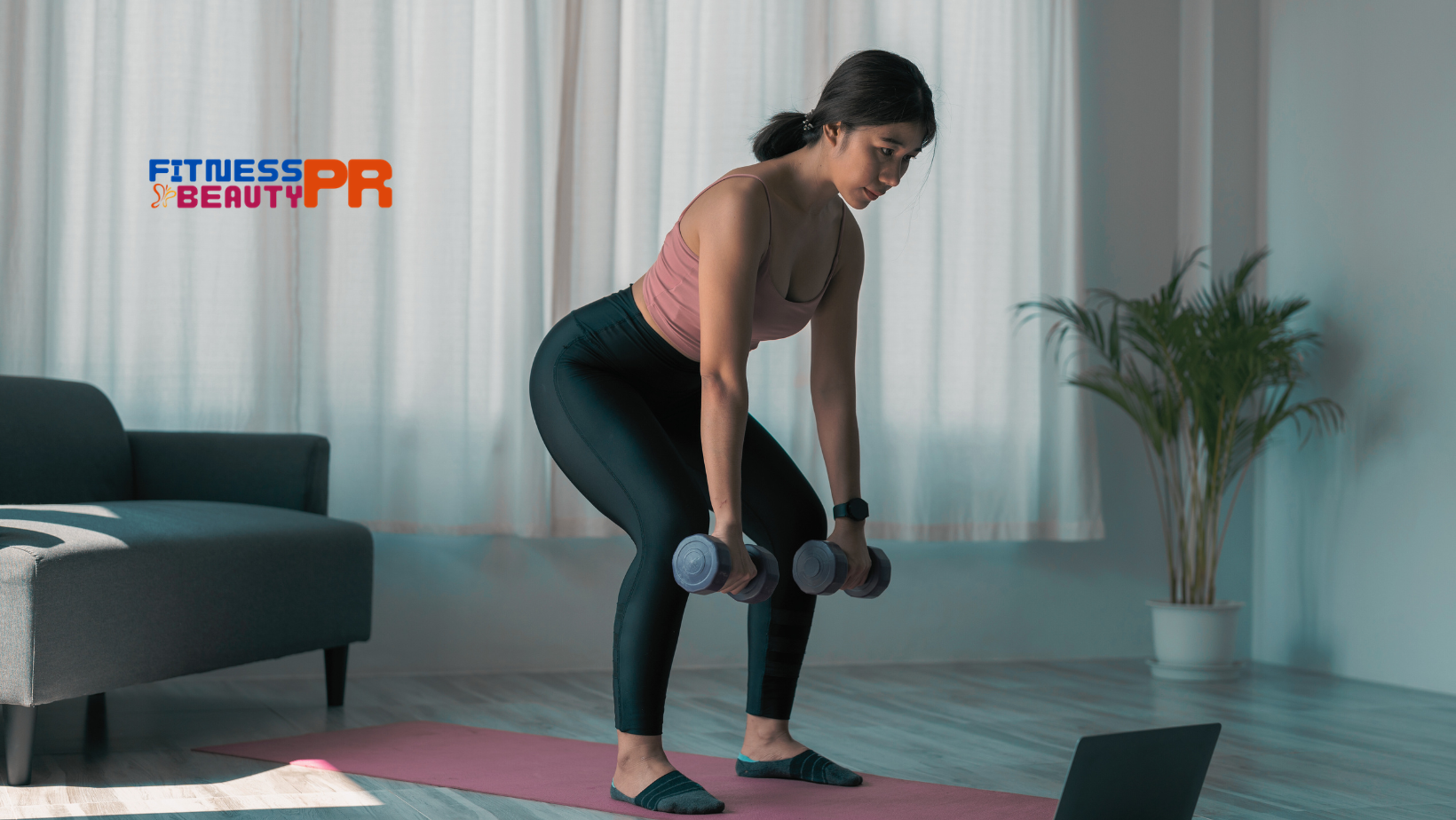
If you’re looking for a time-efficient, potent, and thrilling exercise regimen, HIIT workouts should be your go-to. High-intensity interval Training (HIIT) combines short spells of vigorous exercises with intervals of moderate activity or total rest. The great thing about these workouts is their flexibility. They can easily be performed at home using moves such as high knees, burpees, and jump squats.
We have prepared a concise 20-minute HIIT workout routine for you, along with some valuable information on the advantages of this type of training. Are you ready to turn up the intensity?
The 20-Minute HIIT Workout
Imagine achieving an amazing HIIT workout within a mere 20 minutes. It may seem improbable, but it’s entirely feasible with HIIT! Such a workout typically commences with a warm-up session. It progresses through vigorous exercises, including high knees, side-to-side hops, and jumping jacks, before culminating in a cool-down period. Ideal for those pressed for time, this short yet powerful routine delivers results.
For novices apprehensive about diving in, fear not. You can ease into it by starting off with three minutes of light warm-up activities followed by 15 minutes, where you alternate between intense workout bursts and rest intervals—caping the entire session off with two leisurely cooldown minutes.
Benefits of HIIT
Let’s break down the reasons behind the popularity of HIIT workouts. Some key points include:
- They boost both aerobic and anaerobic fitness, leading to better cardiovascular health.
- A considerable amount of calories can be torched quickly during these sessions.
- Your metabolism remains elevated long after you’ve finished your workout.
Consistent participation in HIIT routines promotes a reduction in body fat and waist size while improving muscle endurance. So, are you prepared to reach your fitness objectives with high-intensity interval training?
Small Space Workouts
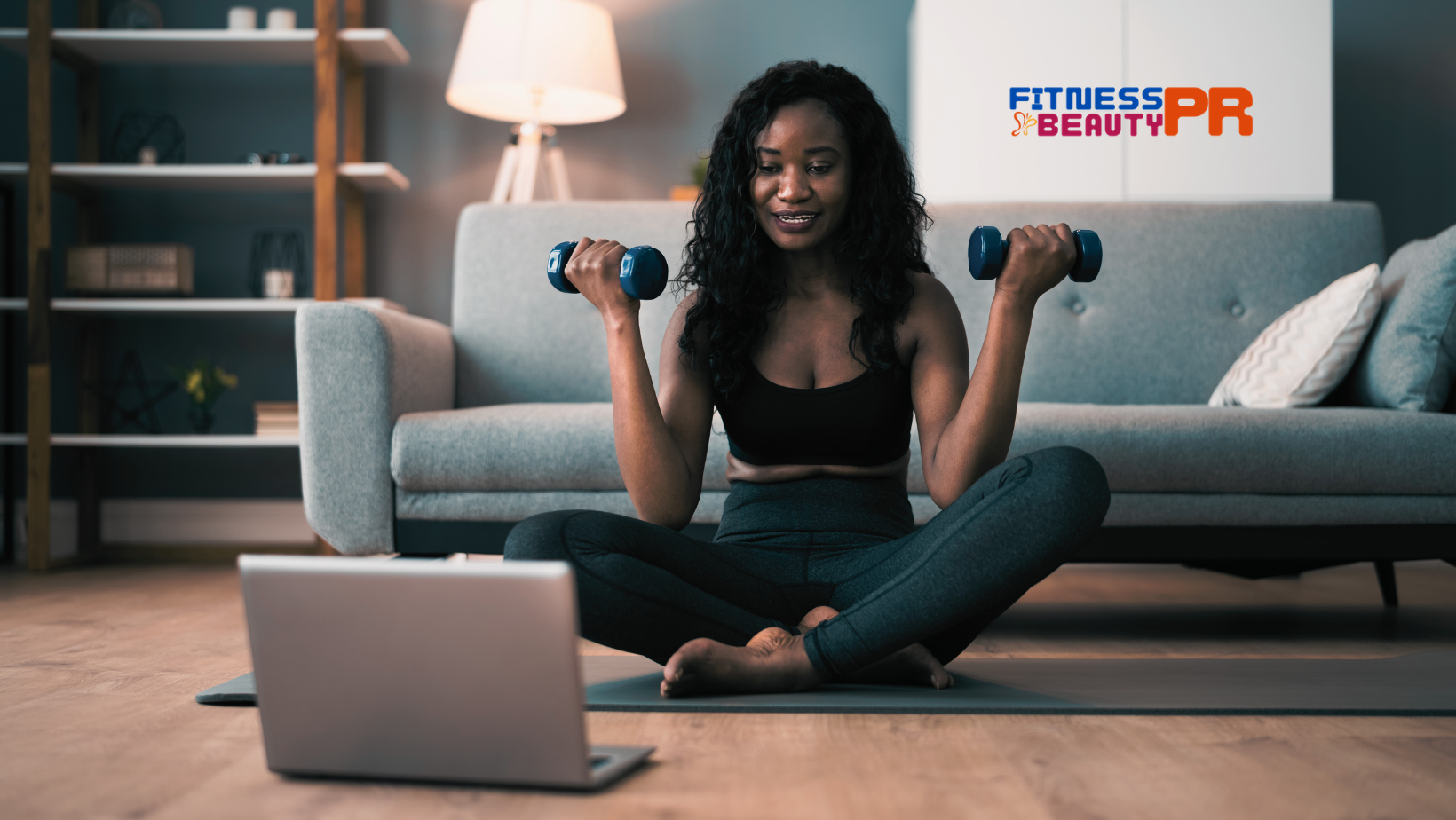
Exercising at home doesn’t require a large gym area. Imagine fitting an efficient workout within the confines of a slim corridor or an area as small as an escape pod. That’s entirely achievable with workouts designed for limited spaces! You can choose from various exercise types, such as yoga, Pilates, and resistance band exercises, that are perfect even for the most restricted areas.
It’s time to discard any reasons related to insufficient space for not working out! Be prepared to do these workouts that accommodate your space constraints.
Yoga and Pilates
For those seeking exercises that sculpt the body while also providing mental tranquility, yoga, and Pilates stand out as excellent choices. Ideal for confined areas, these soothing workouts can be performed without any special equipment. Engaging in yoga stances such as Downward Facing Dog, Child’s Pose, and Warrior Pose will enhance your flexibility, reinforce strength throughout the body, and promote better balance.
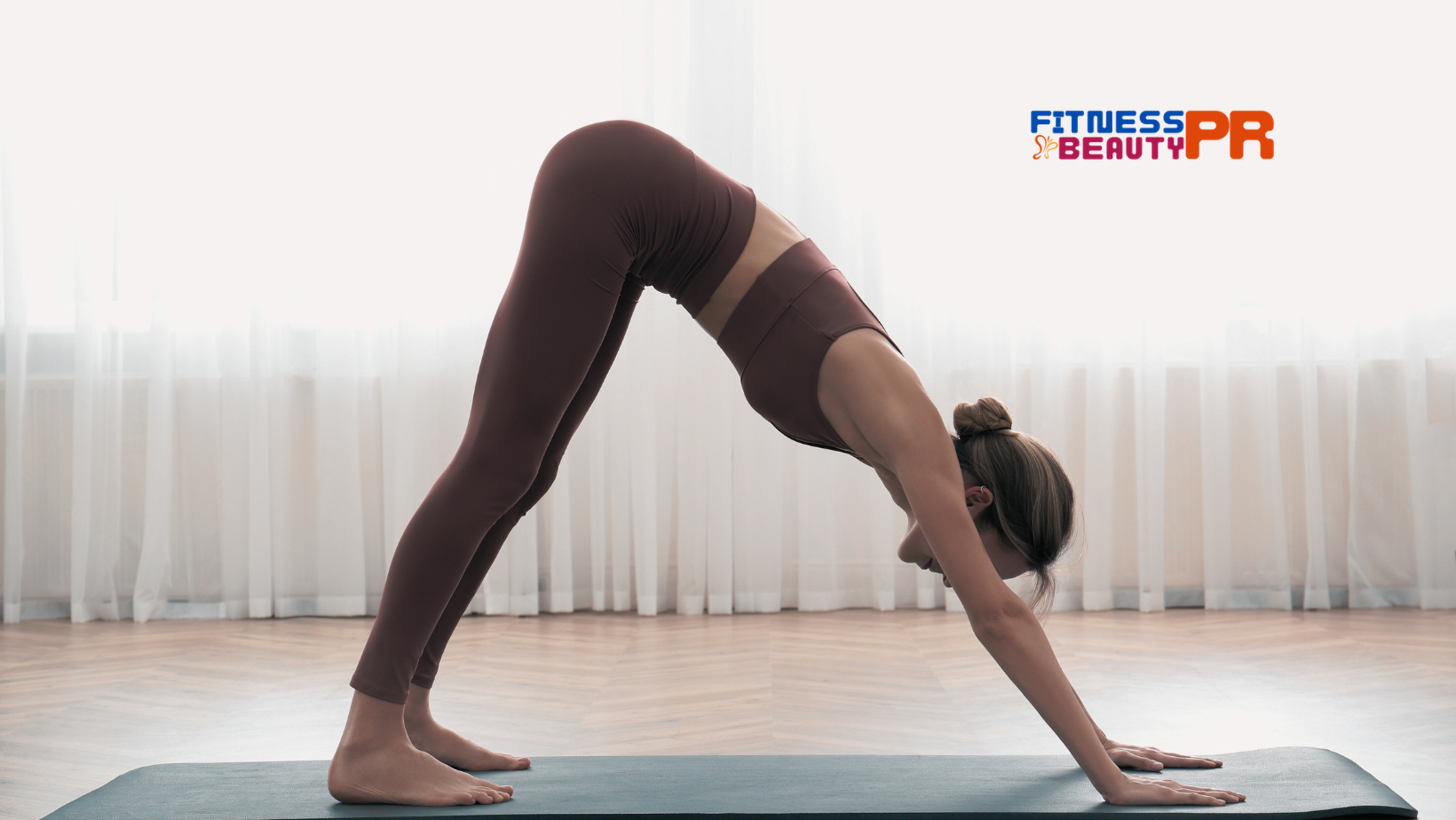
Conversely, engaging in Pilates movements such as Tree on Mat and Bent-knee Roll-down with knees bent specifically targets muscles in the core area along with those of the lower body. So seize the moment—unfurl a mat—and embark on this journey towards physical wellness and mindful serenity.
Resistance Band Training
Resistance bands are excellent instruments for workouts in limited areas. These flexible, compact accessories are suitable for numerous exercises targeting various muscle groups. Their ease of storage makes them ideal for home fitness routines.
Regardless of whether your workout lasts a brisk 15 minutes or extends to a more comprehensive session targeting multiple muscle groups, resistance bands offer a versatile and practical solution to pursue your fitness objectives within confined spaces. These stretchy, strength-building tools are perfect for a variety of exercises, from toning your arms with bicep curls to firming your glutes with squats. They’re not only adaptable to your space but also to your fitness level, allowing you to adjust the intensity of your workout by simply changing the tension of the band. So, whether you’re a fitness newbie or a seasoned pro, resistance bands are a convenient way to keep your workout routine fresh, challenging, and effective, all from the comfort of your own home.
Beginner-Friendly Home Workouts
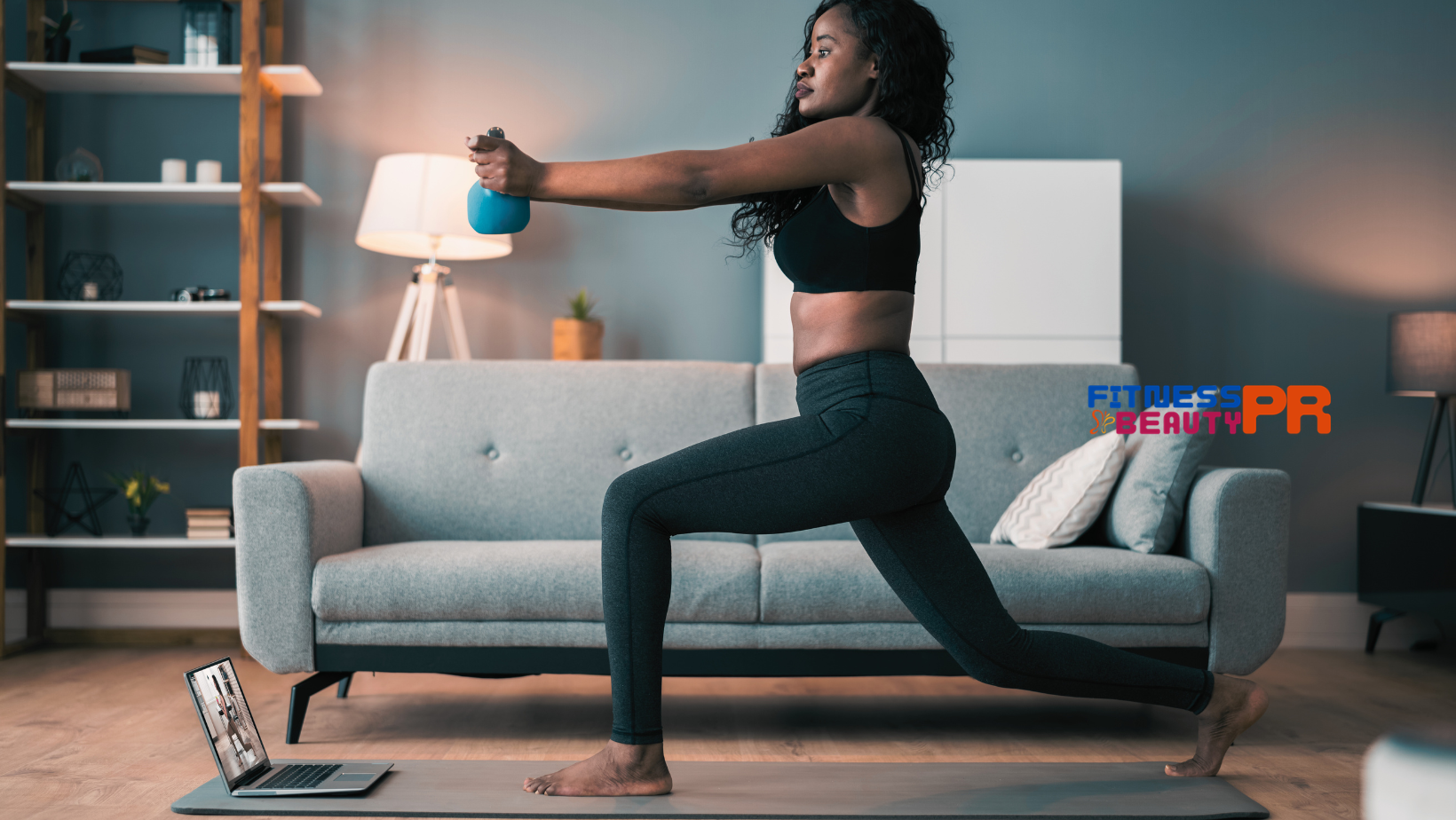
Going on the path to fitness can often feel overwhelming, particularly for those new to exercise. There’s no need for concern! The cornerstone of a smooth commencement is patience and measured pacing. Concentrating on proper form and being attuned to your body’s signals helps in avoiding injuries while steadily enhancing your overall fitness level. Importantly, it’s less about speed and more about embarking on that initial stride.
Are you prepared to dive into workouts suitable for beginners? We’re here with advice on pinpointing the optimal starting position, embracing a gradual approach, and advancing through your journey toward better fitness.
Starting Slow
For those just starting their fitness journey, it’s imperative to begin at a comfortable pace. There’s no need for concern if initially you can’t manage 50 push-ups or complete a mile run. Remember that building up your fitness level is an incremental process, and every modest advance is significant. Embark on this path with low-impact activities such as the bird dog hold, walking, swimming, and yoga, which are excellent for minimizing injury risk while acclimating your body to regular exercise.
Ensuring proper form in each exercise should be a priority over sheer quantity. The goal isn’t simply to increase the number of repetitions but rather to perform them correctly. Patience is key during workouts—pay attention to what your body communicates and adjust accordingly without rushing the process.
Progression Tips
Advancing in your fitness quest is essential. When you’ve become proficient with fundamental exercises, it’s important to elevate your routine. Begin by establishing modest goals that are within reach—for instance, aim for an additional five push-ups or extend a plank hold by ten seconds. As you build endurance, lengthen the time of your workouts and include more reps or sets into your exercises.
Mixing up various types of exercise can also prevent monotony in your workout regime. Keep in mind that even monumental journeys start with one simple action—thus, always press on, regardless of how incremental those actions might be.
Advanced Home Workouts
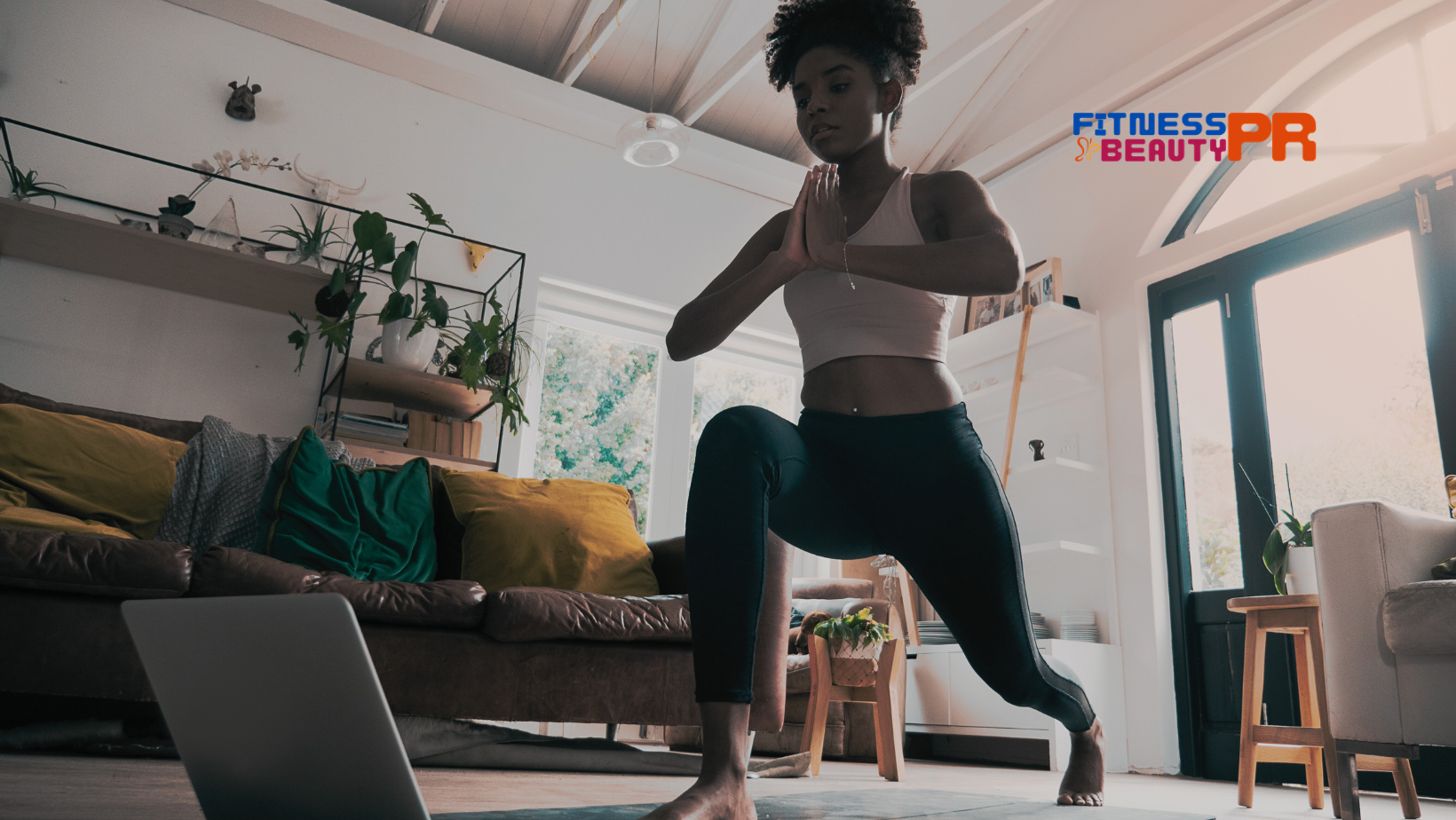
After mastering the initial workouts, it’s time to elevate your fitness journey. Advanced home workouts offer an opportunity to challenge both your strength and stamina, pushing you beyond your comfort zone. Consider incorporating advanced exercises such as:
- One-legged squats
- Push-ups
- Handstand push-ups
- Pull-ups
Typically seen in fitness studios, these exercises are crafted to probe the boundaries of your fitness and assist in reaching your aspirations.
Nevertheless, embracing a higher level of difficulty brings about greater gains. So then, are you prepared to transcend those limits? Let’s delve into these intensified routines.
One-Legged Squats and Push-ups
Squats on one leg and push-ups represent a formidable test of balance and power, engaging the upper as well as lower body for an all-inclusive workout. In these advanced exercises, your opposite leg comes into play to maintain stability.
For those who crave diversity in their routine, there are numerous push-up alternatives, such as clapping, archer, or Spider-Man versions. Pistol squats are not to be overlooked. They’re powerful exercises that work out your glutes, quadriceps, and core muscles. Is it time for you to embrace this challenge?
Handstand Push-ups and Pull-ups
Elevate your upper body prowess with the dynamic duo of handstand push-ups and pull-ups. Engaging in handstand push-ups cultivates formidable strength within your shoulders and arms, whereas pull-ups rigorously exercise various parts of your upper body—chiefly targeting lats, biceps, and core muscles. Both exercises are not merely about brute force. They demand a synthesis of balance and precision control as well, rendering them ideal challenges for seasoned fitness aficionados. During these exercises, ensure the actuation of the opposite arm, which contributes additional stability and command over each movement.
Are you primed to elevate your own weight?
Stretching Routines for Flexibility and Recovery
A thorough workout must invariably include an effective stretching regimen! Stretching not only plays a critical role in averting injuries but also enhances flexibility and contributes to muscle recuperation. Dynamic stretches serve as an excellent way to prepare your body for exercise by warming up, whereas static stretches are ideal for cooling down after physical activity. Both can be tremendously beneficial for your physique.
Are you ready to delve into some elongating exercises? It’s time to explore the various stretching routines available.
Dynamic Stretching
Engaging in dynamic stretching is an excellent method for preparing your body prior to a workout session. By actively moving and extending both joints and muscles through their complete range of motion, you set the stage for an effective exercise routine. Typical examples of such stretches are arm circles, walking lunges, and rotating your torso.
It’s important to recognize that executing a thorough warm-up can boost your performance and minimize the potential for harm. It’s crucial not to overlook this step!
Static Stretching
Following an invigorating workout, it’s important to engage in static stretching as part of your cooldown routine. This form of stretching requires you to lengthen your muscles and maintain that position for a specific duration. Static stretches not only aid in alleviating muscle discomfort but also improve flexibility.
Dedicate some time post-exercise for these stretches. Your muscles will be grateful!
Creating a Home Workout Routine
Crafting a well-rounded and flexible exercise regimen is key to maintaining consistency and reaching your fitness objectives. A comprehensive workout routine should encompass aerobic exercises, strength training sessions, and, importantly, designated rest periods. Keep in mind that the path to fitness is personal. Your regime should be able to adapt to your evolving needs.
It’s time to embark on designing the ideal home workout schedule for you! Let’s dive in!
Setting Goals
Establishing fitness objectives is essential for maintaining motivation. Make sure that the goals you set are attainable, clearly defined, and have a personal significance to you. Begin with an assessment of your current level of fitness and determine a feasible period within which to achieve your aims. Also, it’s important to divide these aspirations into smaller, manageable milestones. This strategy will aid in keeping your concentration sharp and sustain enthusiasm throughout your pursuit of fitness.
Remember that incremental progress can culminate in significant transformations. Set targets and gear up for triumph!
Tracking Progress
Monitoring your advancement is as crucial as defining your objectives. Utilizing a simple method like maintaining a fitness diary or employing an app designed for tracking fitness can greatly assist you. These resources are invaluable in recording your workouts, observing the advancements made, and enhancing motivation levels. So keep tabs on everything from reps to running distance or waist measurements – because when you measure something, it becomes manageable.
Keeping track of progress extends beyond mere statistics. It’s also about being attuned to how your body responds and feels changes. Are there signs of increasing strength? Is there a more comfortable fit in your clothing? How restful is your sleep? Acknowledge even minor improvements—they all count towards success. Celebrate these achievements along the way since they mark important points in an ongoing journey towards greater health and well-being—fitness after all is about continuous progression rather than reaching some final endpoint.
The Importance of Rest and Recovery
Pushing your limits during workouts is crucial, but allowing your body to rest holds equal importance. Taking days off is imperative for muscle recuperation and healing, preventing injuries due to overexertion. Resting doesn’t mean you have to remain inactive all day long. Active recovery activities or prioritizing good sleep can be part of this process.
Are you prepared to switch off and rejuvenate? It’s time to discuss the significance of taking breaks and recovering properly.
Active Recovery
Engaging in active recovery requires finding the right mix of relaxation and gentle motion. This can include activities such as taking your dog for a walk or engaging in a calming yoga class, which are forms of low-intensity exercises that help boost circulation. Enhanced blood flow contributes to bringing oxygen-enriched blood to body tissues while simultaneously helping clear out metabolic waste from the muscles.
On days designated for rest, opt for something more revitalizing than spending hours watching TV series marathons. Consider enjoying an easygoing stroll or indulging in some mild stretching exercises — your muscles will be grateful!
Sleep and Nutrition
It’s widely acknowledged that getting quality sleep not only feels refreshing but is also a vital component of your fitness progress. During sleep, your body secretes essential hormones for the repair and recuperation of muscles. Insufficient rest can result in excessive eating and gravitating towards less healthy food choices, which might impede on achieving your fitness aspirations. Ensuring ample sleep is key!
Equally important to consider on this journey to enhanced fitness is the role of nutrition. A well-rounded diet aids in recovery as much as it supplies the necessary energy for engaging in workouts effectively. For peak performance levels during exercise sessions, aim to consume a wholesome meal about 2-3 hours beforehand. Staying properly hydrated cannot be overstated. Water is critical for all physiological processes, including muscle rehabilitation after exertion. Are you prepared to nourish your body appropriately?
In conclusion, home workouts offer a convenient and effective solution for achieving your fitness goals. From bodyweight exercises and HIIT workouts to yoga and Pilates, there’s a workout to suit everyone’s needs. Remember to start slow, set realistic goals, and track your progress. Don’t forget the importance of rest and recovery, and make sure you’re fueling your body with nutritious food. With the right plan and motivation, you can transform your living room into your personal gym. So, what are you waiting for? Start your home workout journey today!
Frequently Asked Questions
Workouts to do at home?
Engage in a full-body workout in the comfort of your own home by performing exercises such as squats, lunges, planks, push-ups, and pull-ups. These activities are designed to stimulate various muscle groups throughout your body.
Forgo the necessity of enrolling in a gym. You can accomplish an all-encompassing workout without it!
Is a 20-minute home workout enough?
Indeed, the American College of Sports Medicine asserts that a 20-minute workout carried out at home can suffice when performed several times weekly and involves intense activity. Such a regimen not only provides an effective workout but also is particularly beneficial if it targets specific areas, such as muscle group training or enhancing flexibility and mobility.
Do home exercises really work?
Absolutely, exercises done at home can match the efficacy of workouts conducted in a gym, providing both adaptability and the possibility for a potent workout regimen.
By adopting the appropriate strategy, attaining impressive results through home workouts is entirely feasible.
What is HIIT, and why is it beneficial?
High-intensity interval Training, known as HIIT, enhances both aerobic and anaerobic capabilities. It also swiftly incinerates a substantial amount of calories and aids in diminishing body fat. This makes it an excellent method for optimizing the efficiency of your workout routine.
How can I track my progress in my fitness journey?
Maintain awareness of your body’s development throughout your fitness quest by documenting milestones in a workout journal, utilizing an app designed for tracking fitness activities, periodically capturing photos to chart progress visually, taking measurements of different parts of your body or observing the changing fit of your garments.
Employing these techniques can serve as a catalyst for ongoing motivation and provide tangible evidence of the advancements you are making on this journey.
Build Your Home Gym
-
Apple iPad (9th Generation)
$329.00Original price was: $329.00.$249.00Current price is: $249.00. -
Samsung Galaxy Tab S7+
$849.99Original price was: $849.99.$499.99Current price is: $499.99. -
Microsoft Surface Pro 7
$680.99 -
SUUNTO 5 Peak GPS Sports Watch
$199.00 -
BODY-SOLID Multi-Station Home Gym
$5,495.00Original price was: $5,495.00.$4,395.00Current price is: $4,395.00. -
Echelon Fitness Smart Treadmill
$1,299.99 -
Echelon EX-3 Smart Bike
$472.80 -
SMARTRAVEL Electric Bike
$1,699.99 -
Dynapro Exercise Ball
$27.99 -
Ultimate Ears WONDERBOOM 3
$99.99Original price was: $99.99.$79.99Current price is: $79.99. -
Bose SoundLink Bluetooth Speaker
$149.00






















